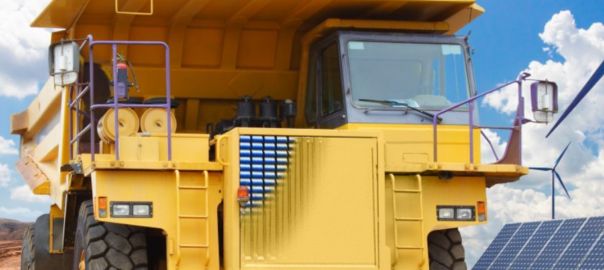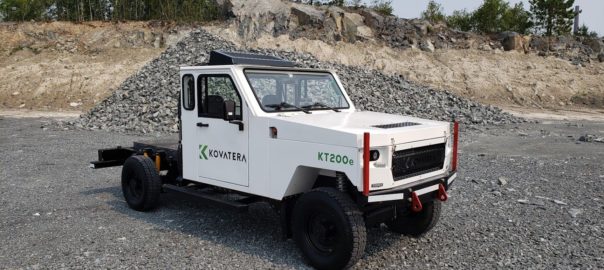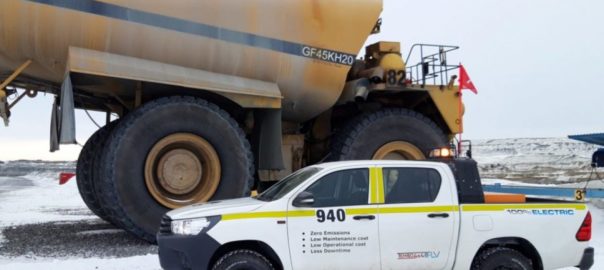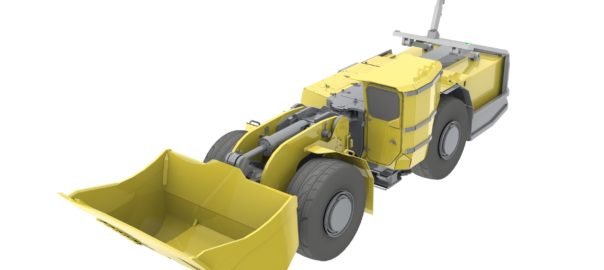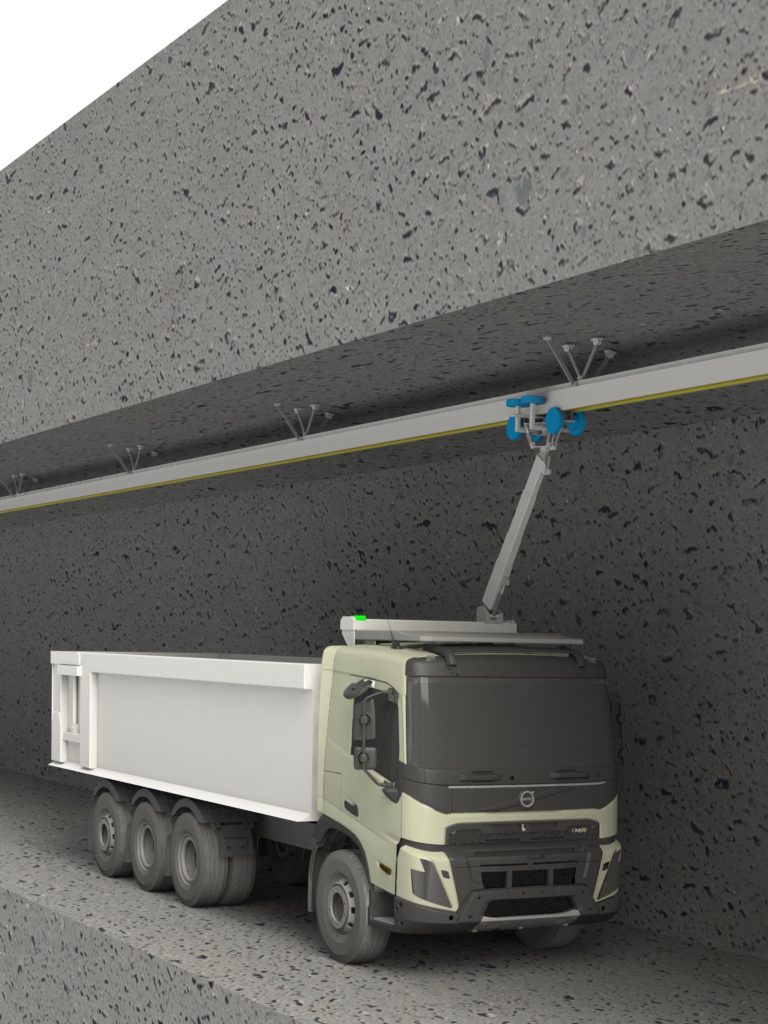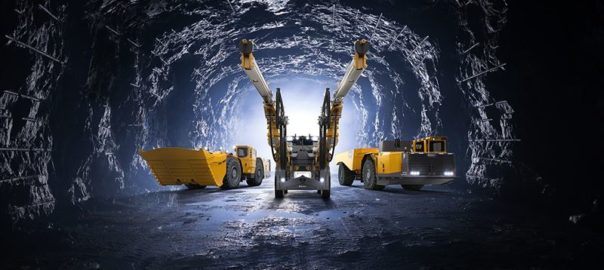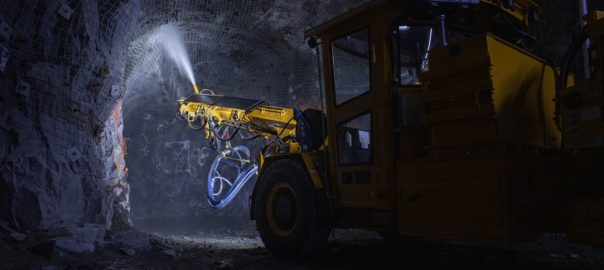Experts led by the University of Adelaide are looking to help the mining industry find a pathway to more efficient, green, sustainable and safer mining operations by transitioning to battery-supported electric vehicles (BEVs).
In a new project funded by the Future Battery Industries Cooperative Research Centre (FBI CRC), researchers are providing the Australian mining industry with a suite of decision-making tools and guidelines that will aid their transition towards BEVs and associated stationary machinery in their mining operations, the FBI CRC said.
“About 30-50% of the total mine site energy usage is related to diesel-powered mining vehicles,” Dr Ali Pourmousavi Kani, the University of Adelaide’s, Lecturer, School of Electrical and Electronic Engineering, said. “This represents a significant proportion of current mining operational costs, and the prevalence of diesel fuel usage presents significant health and safety concerns.
“Mining is a critical industry in Australia. It is great to see a growing movement in this industry to reduce their carbon emissions in line with the global transition to renewable energy and electric transportation. Electric vehicles and machinery, combined with partial or standalone renewable energy powered microgrids, will provide a pathway to more efficient, sustainable and safer mining operations.”
Dr Pourmousavi Kani will work on the project, named ‘Assessment, Design and Operation of Battery-Supported Electric Mining Vehicles and Machinery’, or Mine Electrification for short, with Associate Professor, Wen Soong, and Associate Professor, Nesimi Ertugrul, who are also from the School of Electrical and Electronic Engineering.
The project was developed in conjunction with and funded by the FBI CRC and its participants which are: BHP Nickel West, IGO Limited, Energetics Pty Ltd, Galaxy Resources Limited, Multicom Resources Limited, the South Australian Department for Energy and Mining, Queensland’s Department of Energy and Public Works, the Minerals Research Institute of Western Australia and the University of Western Australia.
The project, which has a budget of approximately A$2.76 million ($2.02 million), of which A$1.16 million is in cash and the remainder in-kind support, and lasts for 3.5 years, will, the FBI CRC says, enable the resources sector to:
- Reduce the costs and improve the reliability of energy;
- Improve occupational health and safety; and
- Reduce the carbon footprint of production.
“The project will allow mining companies to understand the benefits and technical risks and costs of implementation,” Dr Pourmousavi Kani said.
“It will also assist equipment, technology and service providers to service mining companies during the transition to BEVs. End users will benefit from a de-risked strategy to transition, reduced production costs, reduced energy costs, reduced emissions and an upskilled work force.
“Overall, this project will help the Australian mining industry to remain competitive globally by greening their production and lowering their operational costs.”
Dr Jacques Eksteen, a Research Director of the FBICRC, said: “This project is highly significant for the FBI CRC as it serves as an important development and demonstration project of the uptake of battery technologies in mining vehicles and mobile equipment.
“This application of battery technology offers significant potential benefits to industry, and we are keen to invest in developing and enhancing capability in the field of mobile mine electrification.”
South Australia’s Minister for Energy and Mining, Dan van Holst Pellekaan, added: “Sustainable mining operations is a focus for South Australia, and the Mine Electrification project demonstrates our leadership and ability to collaborate as we work towards reducing our carbon emissions.”







